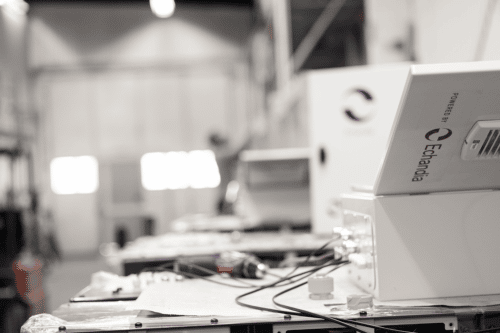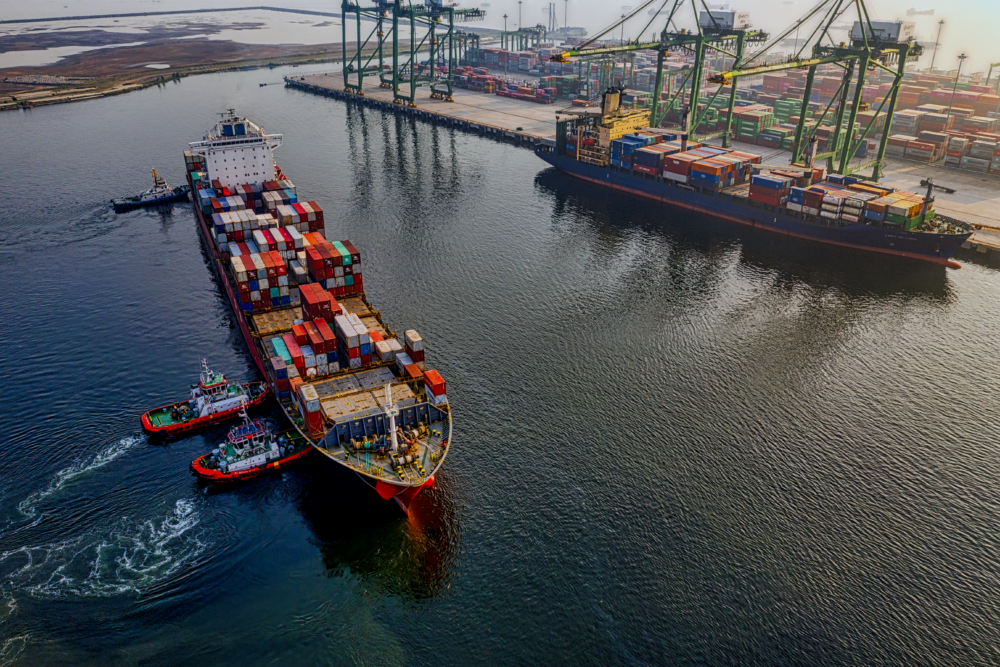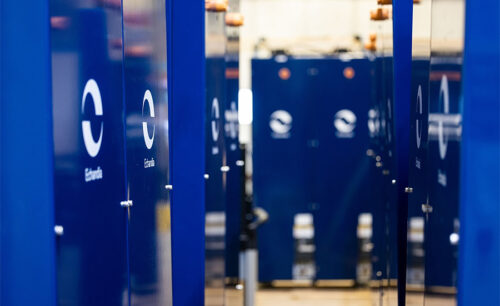

3 myths about LTO batteries
- Insights
- 17 December 2021
There are many misconceptions and myths about LTO batteries, like that they are much more expensive than other solutions. Therefore, we are busting some widespread myths, helping you get better insight into the characteristics of LTO, which we believe you will find very beneficial.
The growth of EV:s and electrification in general, has to a large degree been driven by the qualities and characteristics of lithium-ion batteries. There are several variations of lithium-ion batteries that have different characteristics. One of these lithium-based chemistries – LTO (lithium-titanate-oxide) – has a set of characteristics that is very suitable for heavy-duty applications but is often misunderstood.
In fact, LTO is a true workhorse that’s been around for a long time, and in its current version has proven to have superior qualities when it comes to durability, safety, and high power output.
Myth #1 – “LTO is expensive”
When compared to other lithium-ion varieties on a cell level, the cost of LTO is higher than other chemistries used within the maritime industry. However, put together in a system, which is what actually powers your application, the situation is different.
Thanks to its superior cycle life, more of the installed capacity can be utilized over the entire lifetime, and the fact that it’s less sensitive to current limitations (i.e., capable of high c-rates) there’s less need for oversizing the system. That means the system solution, (in the vast majority of use cases) can be smaller and thus cheaper than comparable NMC battery systems. When calculating and considering cost over operating life, LTO can be significantly cheaper.
As a bonus, the long lifetime and high utilization make LTO systems a sustainable choice.
Get insight into how the Kochi Water Metro in India used LTO batteries for their fleet of boats, connecting 10 islands and 38 terminals.
Myth #2 – “LTO is heavy”
When we say heavy-duty, we refer to capability, not weight. LTO:s limited need for oversizing, explained above, also means it typically can be a lot lighter than comparable systems.
For heavy-duty applications, such as mass transportation, workboats, and other maritime applications, that require more than three cycles per day, LTO is highly competitive in terms of relative weight.
With the ability to be supercharged at 3 C or more 20 times per day, 365 days a year, LTO-batteries can be recharged up to 80 percent in under 10 minutes. With LTO, that means you can rest assured that timetables or other time-sensitive tasks won’t be threatened by charging concerns.
This remarkable rapid charging capability means that fewer batteries are needed, resulting in better use of space and weight of the overall system.
Myth #3 – “LTO has low energy density”
One of the most prevalent comments on the LTO cell chemistry is its relatively low energy density. The lower cell-level energy density is compensated for by high utilization at a system level. That results in a high system-level energy density when put to use in an application.
Continue reading: LFP or NMC batteries – which solution is better for maritime?
LTO battery myths busted
In the decades to come, it seems inevitable that heavy-duty applications will choose to go with LTO batteries as their first choice. And why wouldn’t they – contrary to the myths, they have a low cost of ownership, and an unparalleled safety record while providing a smaller physical footprint, lower weight, and price at the same levels of usable energy as comparable systems.



